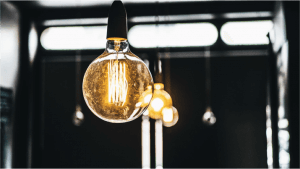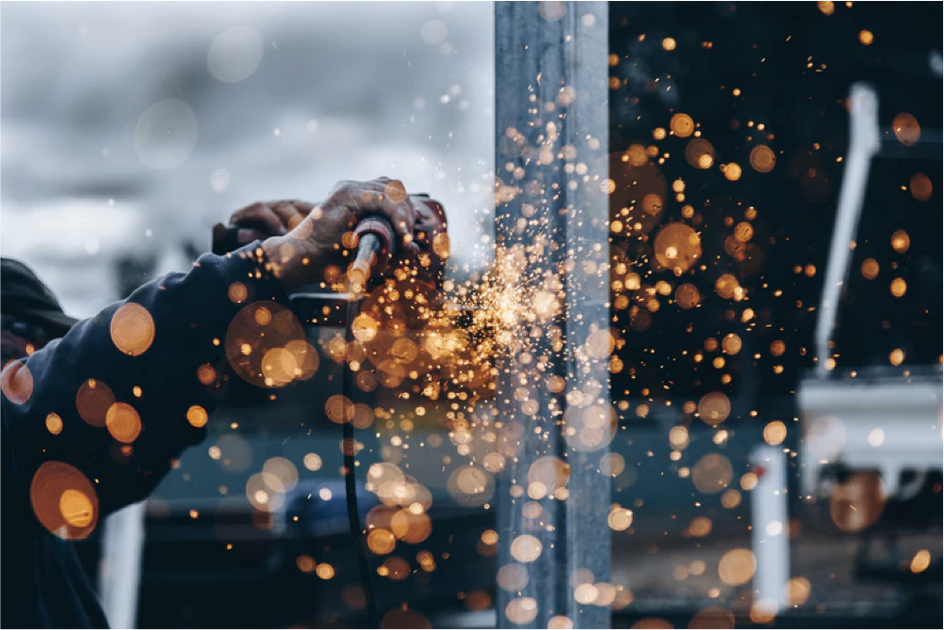How to Evaluate the Right LED Product Based on Your Industry
By Leah • Aug 07, 2018
With their greater cost effectiveness, vastly improved energy efficiency and longer durations, you need to at least consider making the upgrade to LED lighting in your industry. Sometimes these are personal considerations for your business in terms of investment and overheads. Others require government consideration as LED lighting is often incentivized, depending on your local legislation.
However, you may want to know some more specifics of how LED can directly benefit your particular industry. Below we show you some of the considerations you may need to make.
Does Your Industry Produce a Lot of Heat?
There are many reasons you need a lot of heat to fuel your particular industry. In the steel industry, intense heat is required for smelting. For oil refining, heat is used to separate distillates. And in many manufacturing industries, process heating is used to raise the temperature of various component parts.
Using all of this heat can have various impacts on your lighting needs. The temperature of the space is high, but it needs to be kept low enough to allow human beings to work within it. High Intensity Discharge Lighting and metal halides bulbs are not well known for their efficiency. This means a lot of the energy which goes into the bulb for lighting escapes as wasted heat energy.

Energy efficient LED bulbs don't have the same effect and will not add more heat to an already intensely hot environment. Also, the fixtures of LED lighting themselves are much more durable. HIDs need to pass electricity through gas, requiring glass housing to do so. These are vulnerable to high temperatures, something which the reinforced fixtures of LED lighting protects against.
Does Your Industry Create a Lot of Dirt and Pollution?
Heat is not the only type of your industry needs to consider. Chemical plants in particular require a lot of protection in terms of hazardous material. Corrosive substances will need to be well ventilated or require exhausts to remove them. Even generally non-hazardous material can become dangerous when going through certain processes. Despite these hazards, lighting is still required in various spaces.
LED light bulbs are encased in reinforced fixtures and the nature of their design makes them less vulnerable to damage. This means they can withstand the pollution your industry might produce, but they are also protected against an otherwise benign substance: water. LEDs can be washed more easily without shorting or creating a safety hazard.
Does Your Industry Need Motion Sensors?
Many industries will need motion sensors or at the very least will benefit from their use. This is in part because motion sensors save a lot of money with timers and reducing wasted light. With high intensity discharge lamps, it can take up to 10 minute for them to turn on, meaning a motion sensor simply isn't viable.
LED bulbs such as those in the OEO EZ LED SENSOR series can turn on almost instantly, but has some unique benefits. The bulbs here are the only ones of their kind as they can drop down to only 30 watts instead of 400. This makes them extremely efficient, as well as versatile.
Does Your Industry Spend a Lot on Powering Fans?
We will discuss the use of industrial fans and their effect on LED lighting in a future blog article. However, we do want to say that, very basically, LED efficiency will reduce cost and strain in the use of industrial fans. For refrigerated premises, the benefits are even more acute. This is just one example of the happy co-existence of LED lighting and other energy consuming fixtures.
